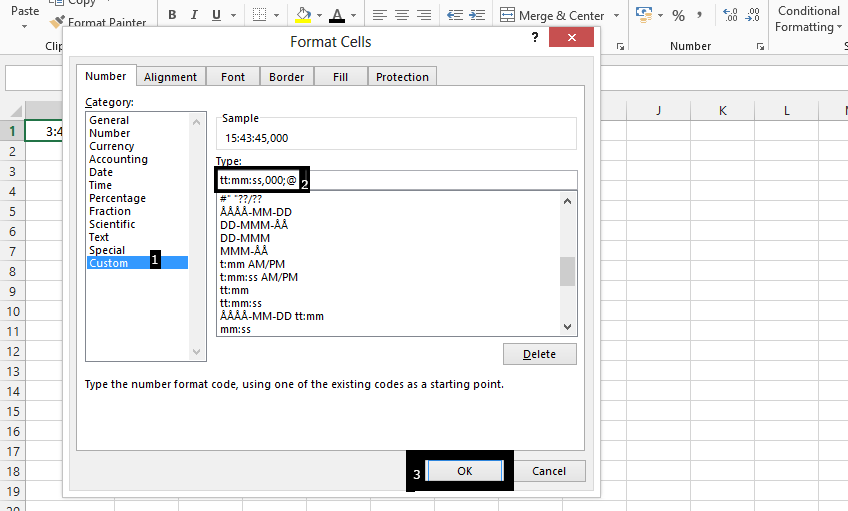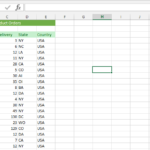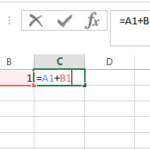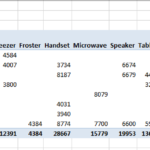Time in milliseconds in Excel
Who cares about one-thousandth of a second? If you do care about a single millisecond, this article is for you.
Milliseconds in Excel
You are reading this, so you are probably looking for some answer on how to handle milliseconds of formatting in an Excel application. All of this happens because there is neither an Excel function nor a dedicated number formatting of data in the Excel application.
I will try to show you how to create a dedicated number formatting. It will show milliseconds in your spreadsheet.
When formatting time from hours and seconds, to more advanced format like h:m:s.ms, we should do it in a step-by-step format.
Custom number formatting
There is a way to define a custom data format in your worksheet that will allow you to display time in milliseconds. To define such a format, please follow the below steps.
Start from the empty worksheet and select an empty cell.

Type =TIME(hour:minute:seconds)

Right-click on the result (1), and choose format cell (2).

Choose custom (1), write hh(tt in this case):mm:ss,000 in the field under type (2), and press ok (3).
Note: the equivalent of such a format for VBA code would be: Cell(“A1”).NumberFormat = “[hh]:mm:ss.000”

The Time format would now look like this:

Thanks to such a custom format, you are able to set accurate time and define milliseconds in your cell.
Extracting milliseconds
Let’s assume you are very precise and you need to extract only milliseconds from your data set. This task is difficult, but there is an option to display milliseconds and hide the rest.
Excel does not offer any dedicated function to manipulate milliseconds of time formatting, so we need to use usual test funtions for such purposes.
Excel formula: =RIGHT(TEXT(A2, “hh:mm:ss.000”),3) will do the trick.
Thanks to such a formula only 3 digits from the right side will be displayed and those are our milliseconds.
How to convert a date and time value to milliseconds in Excel
In Microsoft Excel, you can represent a date and time value in milliseconds by converting it to a decimal number. The decimal portion of the number represents the time of day, and the integer portion represents the number of days since a specific starting date (usually January 1, 1900 or January 1, 1904, depending on the version of Excel being used).
Here’s an example of how to convert a date and time value to milliseconds in Excel:
- Enter the date and time value in a cell in Excel, such as “2/13/2023 2:15:30 PM”.
- In another cell, enter the following formula:=(A1-DATE(1900,1,1))*86400000
where A1 is the cell that contains the date and time value.
- The result of the formula will be the number of milliseconds equivalent to the date and time value. In this example, the result would be a large number representing the number of milliseconds since January 1, 1900.
Note that this formula assumes that the date and time system in Excel is using the 1900 date system. If your Excel installation uses the 1904 date system, you would need to modify the formula accordingly.
Things to remember:
- Custom number format for milliseconds is hh:mm:ss,000
- VBA millisecond formatting is possible thanks to Cell(“A1”).NumberFormat = “[hh]:mm:ss.000”
- To show milliseconds use =RIGHT(TEXT(A2, “hh:mm:ss.000”),3) formula
By the way, there are:
- 60 000 milliseconds in a minute,
- 3 600 000 in hour
- 86 400 000 milliseconds in a day,
- 604 800 000 milliseconds in a week,
- 2.62974383 × 109 in a month,
- 3.1556926 × 1010 milliseconds in a year.




Franklyn Rehl
It’s really a nice and useful piece of info. I am happy that you shared this useful information with us.